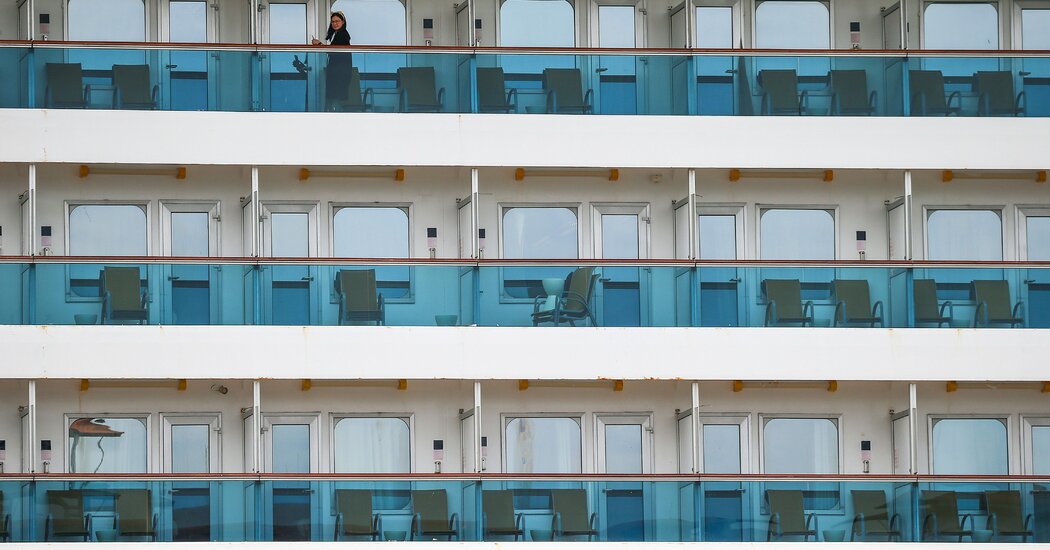
Cruise ships have hidden features that many passengers, particularly first-timers, don’t know about. Some ships are as big as small cities, and while it’s relatively easy to familiarize yourself with a seemingly endless number of amenities — water parks, tattoo parlors, multiple restaurants — there is also an entire ecosystem, often below passenger decks, that is shrouded in mystery.
Here are five things that cruisers may not know about cruise ships:
There’s a morgue …
Cruise ships carry millions of passengers each year, and it is not uncommon for deaths to occur on board. Most vessels are required to have a morgue and additional body bags in the event of an emergency.
The morgue, usually a small stainless steel refrigerated room on the ship’s lowest deck, accommodates between two to 10 bodies, depending on the size of the vessel. When a passenger or crew member dies, officials on the ship will notify the authorities on shore and a medical team will assess the body and move it to the morgue, where it is kept until arrangements are made for repatriation. In most cases, the body will be removed at the next port of call, but sometimes will remain on board until the end of the voyage.
…and a jail
There are no police officers on cruise ships, but most vessels have small jails known as the brig, and unruly passengers could find themselves locked up if the ship’s security team determines that they have violated the cruise line’s code of conduct.
The brig, usually a bare-bones room with a bed and bathroom facilities, does not have iron bars like a traditional jail cell. It is used to detain guests who commit serious crimes like assault or possession of illegal substances. Drunk and disorderly passengers may be put under “cabin arrest,” meaning they cannot leave their cabin without a security escort.
Depending on the circumstances, most passengers put in the brig will stay there until they can be handed over to law enforcement officials.





